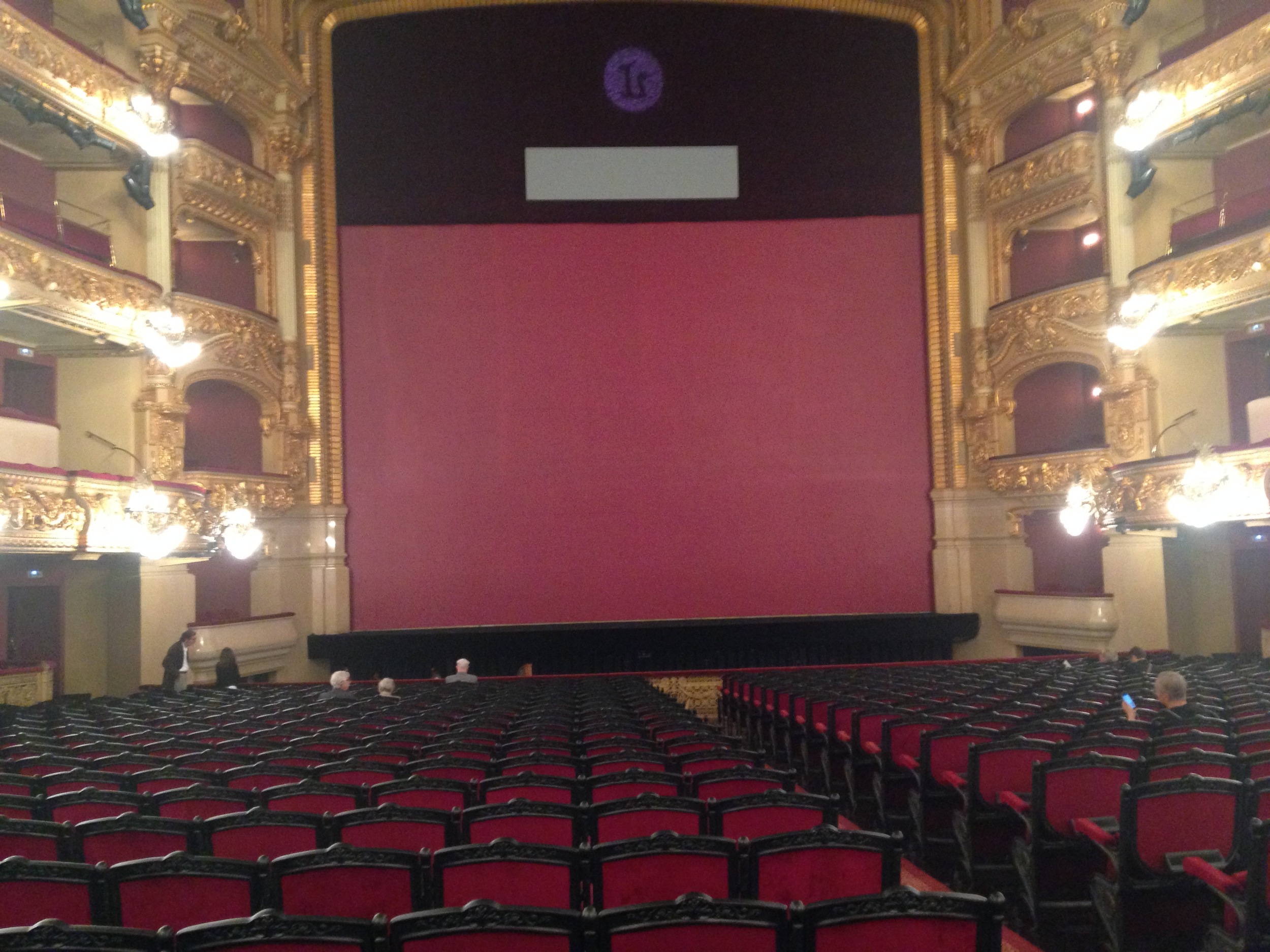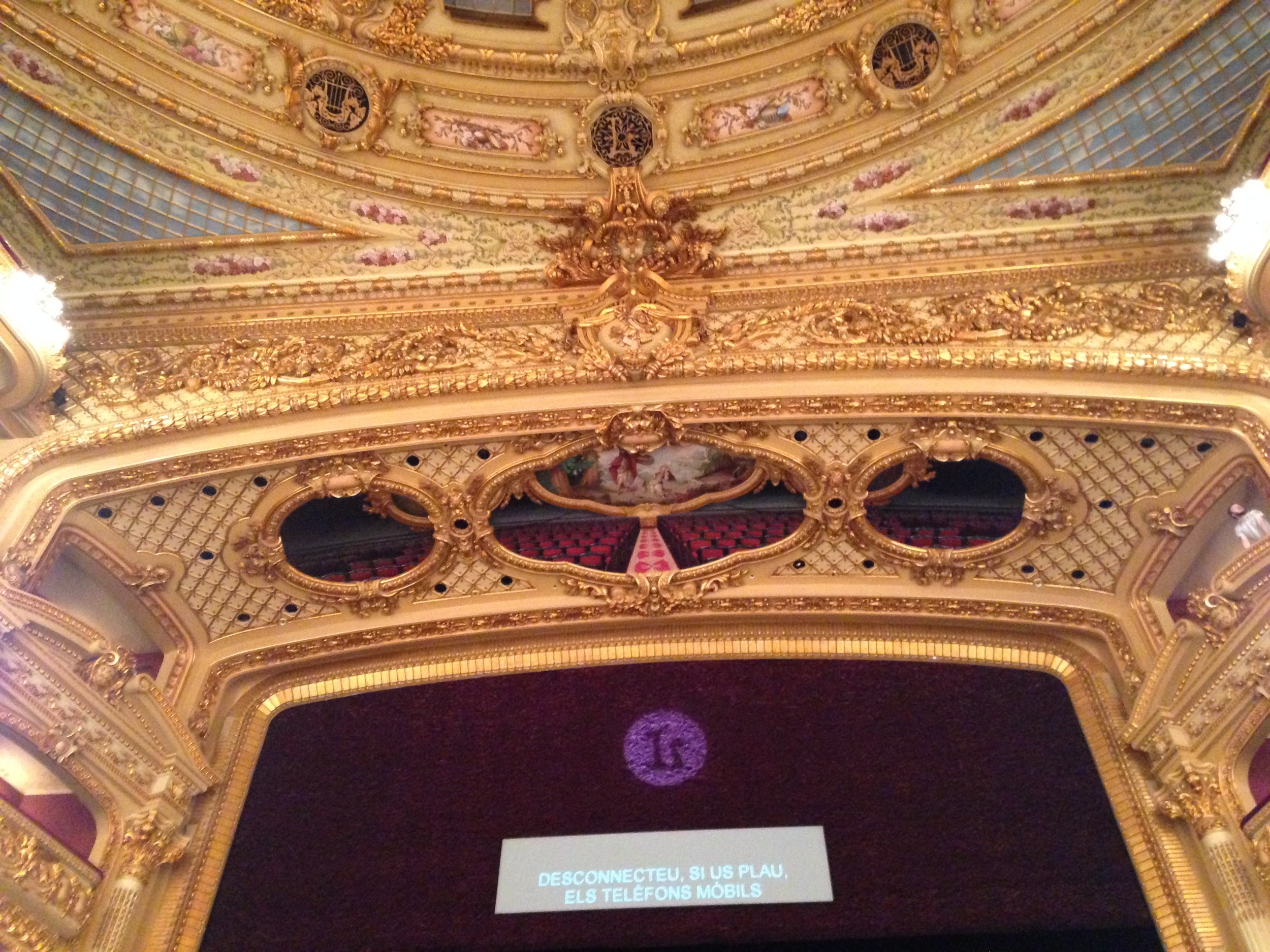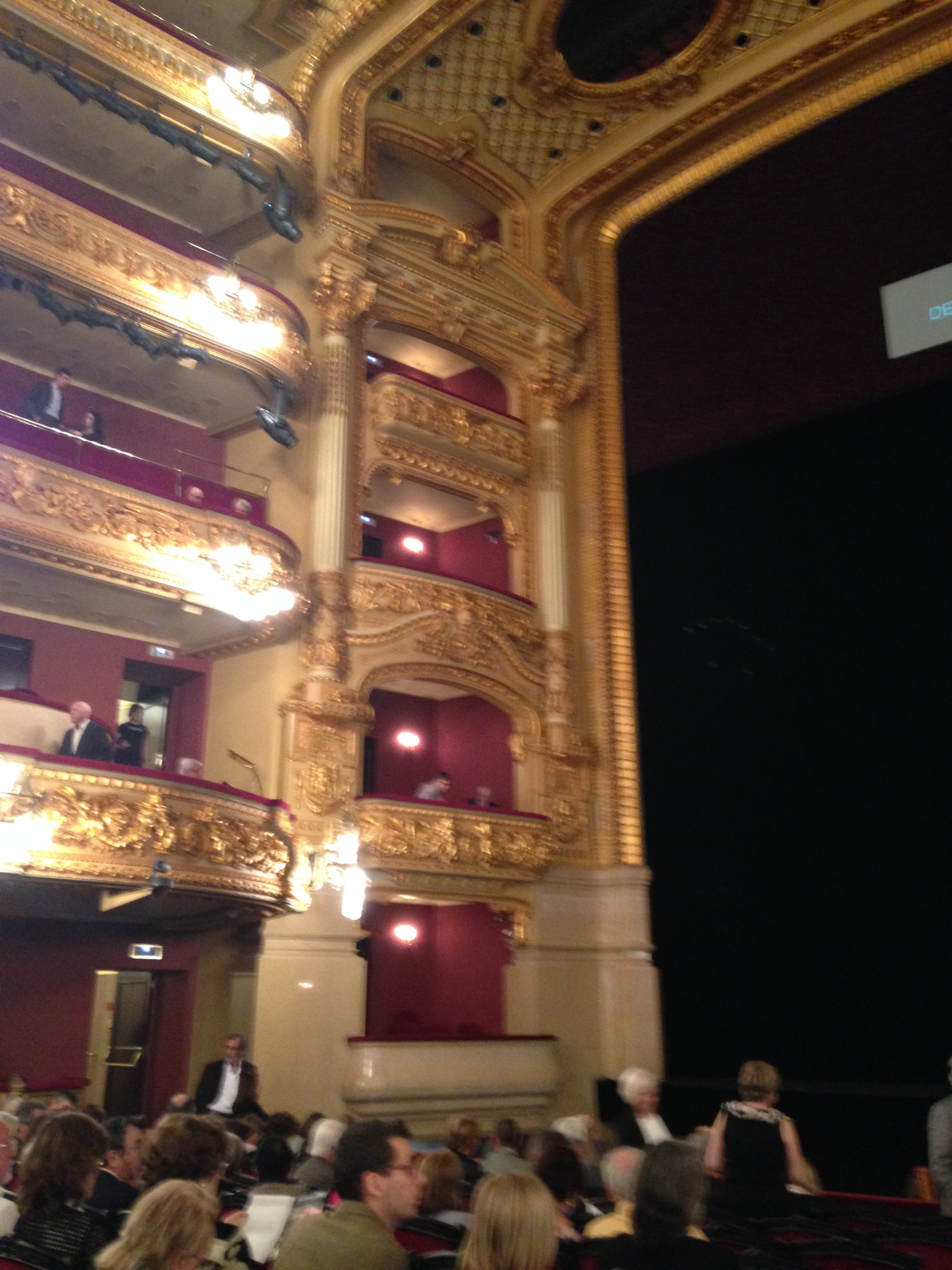The Wolf Trap Opera Filene Young Artists - learn their names for the future.
Wolf Trap Opera Filene Young Artists 2016. Top row, left to right: J'Nai Bridges, Timothy Bruno, Ben Edquist, Mane Galoyan, Jonas Hacker, Summer Hassan, Alasdair Kent. Middle row: Sarah Larsen, Will Liverman, D'Ana Lombard, Clarissa Lyons, Richard Ollarsaba, Kerriann Otano. Bottom row: Amy Owens, Shea Owens, Brenton Ryan, Reginald Smith, Jr., Kihun Yoon, Yongzhao Yu, Christian Zaremba. Photo courtesy of Wolf Trap Opera.
Wolf Trap Opera has several development programs to help young singers to further develop their careers. WTO supports three types of young artists: Filene Young Artists, Studio Artists, and Fellows. The distinction among these categories is the point at which the young artists are in their careers. There is also an Artist in Residence who is an alumnus/alumna of the company who returns during the summer season to mentor the young artists. The term ‘resident artists’ get used for all these categories. On Sunday, I chose to buy a ticket to attend the Wolf Trap Aria Jukebox Concert, performed by seventeen of the twenty Filene Young Artists. The website says this about the FYAs: “They have recently finished graduate or professional degree programs from the top music schools in the country and have often participated in year-long young artist companies or summer apprenticeships. Many of them have already won prestigious awards and are on their way to significant careers. Approximately 15-20 singers are chosen annually from an initial pool of approximately 800 applicants.” Most of the roles in WTO opera productions are played by members of this group. Each singer for Sunday’s Jukebox had prepared four arias to sing and attendees voted prior to show time to decide which of the four would be sung.
Think of this like you might going to see an All Star sporting event; the FYAs are certainly among the ALL Stars at their level. You want to see and enjoy the game, but you also want to see each player showcase their individual talents. For the major league baseball All-Star game, I want the National League to win, but I also want to see Bryce Harper hit a homerun. I wanted to hear the arias on Sunday, but I also wanted to see who hit the ball the farthest. It was truly delightful to be able to hear these young, but already accomplished, performers display their talents, both acting and singing, and sometimes, amusingly, their personalities. And there were some home runs.
I now must run a risk to my reputation as someone who prefers sopranos. After all, it was my newfound love of listening to great sopranos like Birgit Nilsson and Renata Scotto that drew me into opera some six years ago. I’d also like to preface my comments about yesterday’s performances by reiterating that my likes or dislikes are those of an opera fan, not an opera expert. I have an opinion and enjoy expressing it and encourage others to do the same, but it is just my opinion. I should also say I did not take notes, preferring to just enjoy the performances, so I hope I don’t confuse any of the players. Having listed all the caveats, here is the shocker, at least to me: I have to say that I was even more blown away by the guys than the gals on Sunday. But to be fair, there were more guys than gals by 11-6.
Katherine Carter served as host and kept things moving at a good pace, staying in touch with and entertaining the audience with her comments, and WTO Director, Kim Witman, was impressive performing accompaniment on the piano for all of the arias. When I heard the first aria, one from La Traviata , performed by Reginald Smith, Jr., who sings with a beautiful baritone, the impact of the emotion that he was expressing took me by surprise. It is to be expected that the arias are sung in character, but the clear conveyance of the emotion without me knowing the words caught me off guard. Mr. Smith will play Marcello in WTO's upcoming production of La Boheme. Brenton Ryan, who played the Male Chorus in The Rape of Lucretia sang “The Aria of the Worm” with gusto and drama. Among the other tenors, I thought Alastair Kent sang his aria with a voice that was unusually effective at conveying the emotion of the aria. I am not sure such a sensitive voice will be able to fill the large opera houses with sound, but I feel strongly he could be a successful singer of popular ballads, along the lines of Andrea Bocelli or Enrique Inglesias. Yongzhao Yu had a nicely resonating and attractive tenor voice, though I liked him much better singing Wagner in the encore. He will play Rodolfo in the upcoming La Boheme. I thought that perhaps Jonas Hacker had the strongest, most attractive tenor voice, and I expect a successful professional career in opera for him; and with the name Jonas he has a head start.
My favorite among the male voices are the baritones. I sort of agree with the sentiments of “I’m Glad I’m not a Tenor” performed by Shea Owens, who played Junius in The Rape of Lucretia. His aria was the humorous highlight of the afternoon, and he was even joined for a few bars of Nessun Dorma interlude by a chorus of the FYAs sitting in the balcony. He will play Schaunard in La Boheme. Will Liverman who played Tarquinius in The Rape of Lucretia sang with dramatic conviction; I would like to hear him sing some softer numbers that allows us to hear the color of his voice. Baritone Kihun Yoon has what is known in the opera world as a powerful instrument that will very likely power him to a successful singing career. Richard Ollarsaba has tremendous stage presence and a clear, powerful bass-baritone voice; I feel he is destined for a successful career playing villains. Christian Zaremba, who played Collatinus in The Rape of Lucretia, sang a very tender Russian song with such feeling that even this non-Russian was touched. The last guy to mention is Timothy Bruno who would certainly be a finalist in any how low can you go competition. His rendition of “Some Enchanted Evening” with that low bass voice was clearly an audience favorite.
The women were excellent; don’t misunderstand me. Mezzo soprano Sarah Larsen, who played the nurse in The Rape of Lucretia has a voice of considerable color and warmth, well suited to her aria “Can’t help lovin’ dat man.” Amy Owens who played the maid in The Rape of Lucretia sang a spirited "Zerbinetta’s Aria" by Strauss, which requires some difficult vocal gymnastics. Summer Hassan who will sing Musetta in WTO’s upcoming performance of La Boheme sang a lovely version of Charpentier’s “Depuis le Jour,” one of my favorite arias. Kerriann Otano who played the Female Chorus in The Rape of Lucretia sang Kurt Weill’s “The Saga of Jenny,” a good fit for her; I can certainly envision her singing that on Broadway in a revival of The Lady in the Dark. The final two singers might have been my favorites of the sopranos. Mane Galoyan has a lovely voice I’d like to hear more of, and Clarissa Lyons who sang an aria from Cosi Fan Tutte made me believe she would be excellent in that role and likely to play it sometime in the future in a major opera house.
In a fine finish to an afternoon of the WTO strutting its stuff, the concert was closed out with an encore performed by seven of the FYAs singing a selection from Richard Wagner’s Ring with WTO Artist in Residence, Alan Held. Mr. Held played Wotan in the recent Washington National Opera’s production of the complete Ring. One was tempted to say, "Wow!".
Having now heard these young performers, I can follow their careers and look forward to hearing them again when they return to the mid-Atlantic region, as well as in upcoming WTO productions. Let’s hope WTO does Aria Jukebox again next year. For this year: three cheers for the gals and the guys, but the guys earn a star! And a big hoo rah for WTO!




























